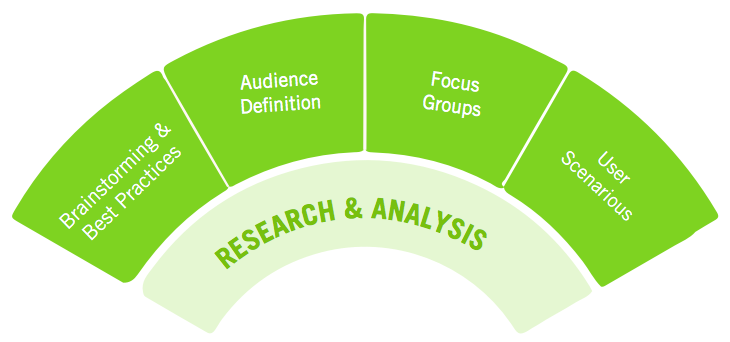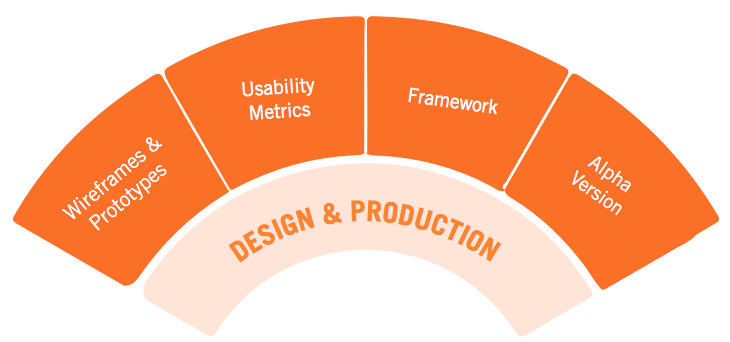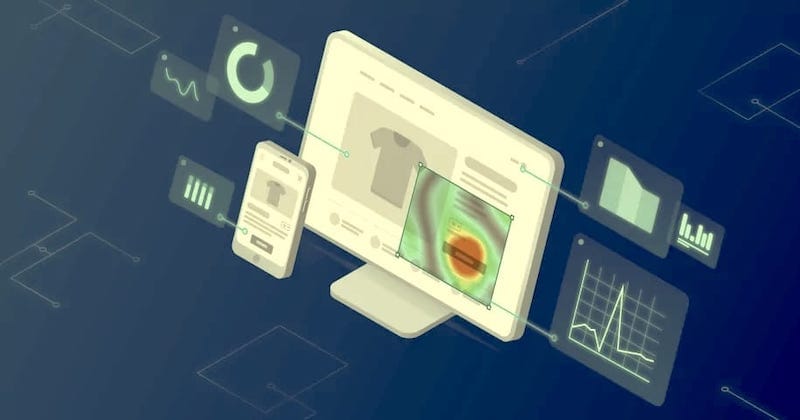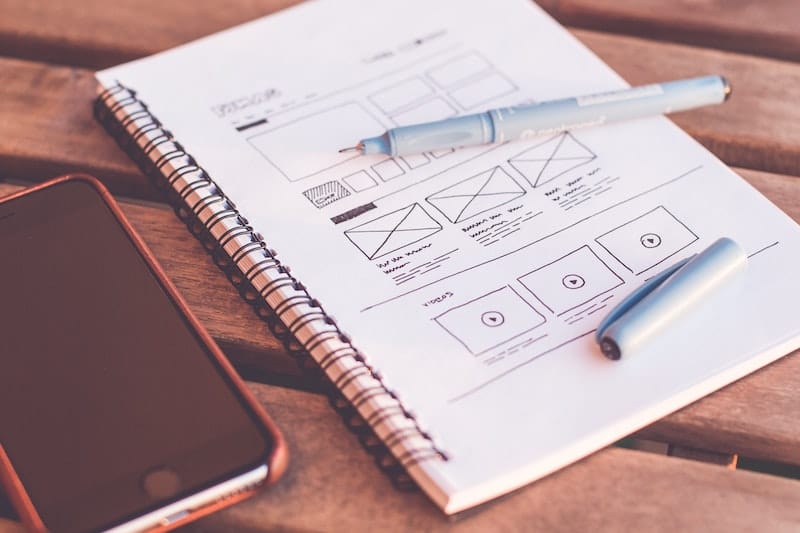If you are wondering how to develop the best User Experience Strategy, this is the right place for you.
Most people tell you that the secret of the best Product User Experience is confined to sketching beautiful interfaces.
Are they right?
Well, to be honest with you… no.
Here’s the deal:
I’ll be the first to tell you that UX is nothing about “painting pretty pictures”.
It’s a process that – ideally – starts at the strategy level and affects the whole lifecycle of a project. UX design begins by learning about the business model, doing user research and understanding how a service can fit into the users’ perspective.
It’s a very important part of defining the business strategy and it doesn’t end with the User Interface design, it’s also about testing people, supporting development, and making ongoing adjustments even after the launch.
So, how can you develop the best User Experience Strategy?
Table of Contents
1 – User Experience Strategy – Research & Analysis
Here you need to understand the context for the product, identify the market and the stakeholders for your new product development.
Understanding the company strategy is important from the outset because it articulates the brand, the vision and the guiding principles of the organisation. The strategy underpinning a UX project will shape the goals of the project:
- what the organization is hoping to achieve with the project;
- how its success should be measured;
- what priority it should have in the grand scheme of things.
One of the hardest things in UX is not the work itself, but a good relationship with stakeholders who say:
“We don’t need UX right now…”
“You are the UX Specialist, I know… but could you make the menu bigger and the site content more like this one…”
It’s not just an idea.
Ideas are only the basic aspect of a design. Be sure to critically consider the qualities and drawbacks of the idea. The hardest part is to develop an idea into a design. Don’t quit quickly after developing a good idea, start further with developing your idea into a concept.
The best way to create your concept is collecting feedback from different sources, this includes all those people who have an interest in the success or failure of the product.
Be careful…
People don’t make purely rational decisions based on careful analysis of cost, sometimes decisions are driven more by our emotions than logical and conscious thinking. But it’s not bad news at all: our irrationality is predictable. As a good UX designer, you need to partner effectively with product owners, engineers, executives, and other key stakeholders, and learn about human decisions going beyond usability to create products that effectively influence our behavior.
The commons User Experience (UX) activities to do in this step are:
- Brainstorming;
- Competitors and Best Practices;
- Internal Focus Groups (with the company departments);
- External Focus Groups (Stakeholder analysis);
- Assemble a multidisciplinary team to ensure complete expertise.
The research step is probably the most variable between projects. If projects are big, the research activity will be very complex. Also the small startup websites may skip some of these and keep just some informal interviews and a survey. For many UX designers, this phase is key to creating a good user experience; however, it’s also the most skipped step because it does not fit in the “Lean UX” approach.
At this stage, you are ready to identify the User Experience Vision for the product. A good way to organize the information for the next step is to create user profiles, environment profiles, concept mockups, and synthesis. Collecting and organizing from the “what” can help your mind to understand the “why”.
2 – User Experience Strategy – Design & Prototyping
This is my favorite part in the User Experience Strategy. In this step, you have already collected rich descriptions from step one. Then you need to move on to create the architecture, where you will mix all your ideas together.
Be careful… this is a very important milestone. Here your view of what using the product has to be like “years” or so in the future.
This step is more iterative. You can start creating your mockups and put ideas in front of users, get their feedback, refine them, and repeat. These ideas may be represented by paper scratches, detailed designs, and then moved onto interactive wireframes and prototypes.
The production phase is when the high-fidelity design is ready and a version of the product is validated with stakeholders and end-users. The role of the UX designer shifts from creating and validating ideas to collaborating with developers to create a framework and sample version.
Common User Experience (UX) activities during this step include:
- Wireframing and Prototypes.
- Setting usability metrics.
- Process Diagrams and Experience maps.
- Create a complete Framework.
- Alpha/Beta Version.
As mentioned above, this process is iterative, which may explain why there are many synergies between UX design strategy, Agile development principles, and Lean Startup thinking. It turns out that regular user feedback is at the heart of all of these approaches to product development. Beta releases and outcomes from each iteration can be evaluated and priorities adjusted accordingly.
3 – User Experience Strategy – Evaluation and Beta Test
In this step of the User Experience Strategy, you can find out how your product was actually used in practice.
You want to learn about your design’s problems during the usability test, not whether it fails after it is released. It’s that eventual failure that you are working to avoid. Formative usability testing is the way to achieve success by finding and fixing problems early.
Timing is critical. Watch and listen carefully. Be alert not only to the problems participants are having, but also to the likely causes of those problems.
Track real-world usage and continuously improve the product. Here you can understand if your process will come to fruition or if your product needs to come back to the previous steps for some edits. Select issues that uncover problems if they exist.
Remember three things:
- No one does a perfect job the first time;
- Uncovering problems is not a sign of failure;
- Users always surprise us.
Use the insights to drive the release of the product or to design a new product. Those issues are exactly what usability testing is good at resolving.
Common User Experience (UX) activities during this step include:
- A/B Testing.
- Custom testings.
- Usage logs.
- Analysis of support calls.
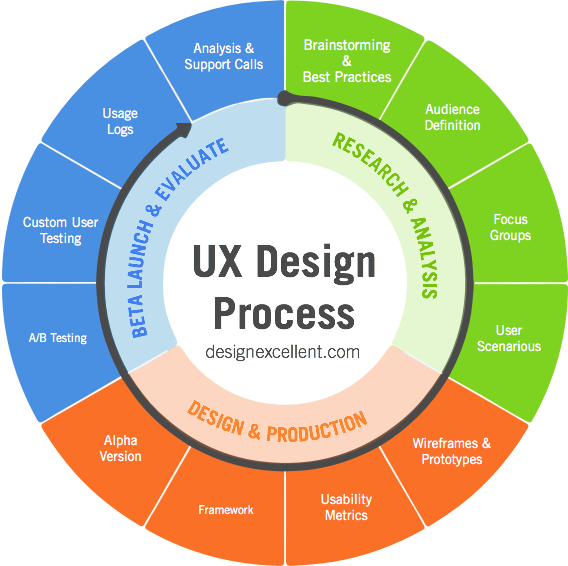
Free Extra Resources
Join our FB Exclusive Group to get access to extra resources, it’s FREE.

